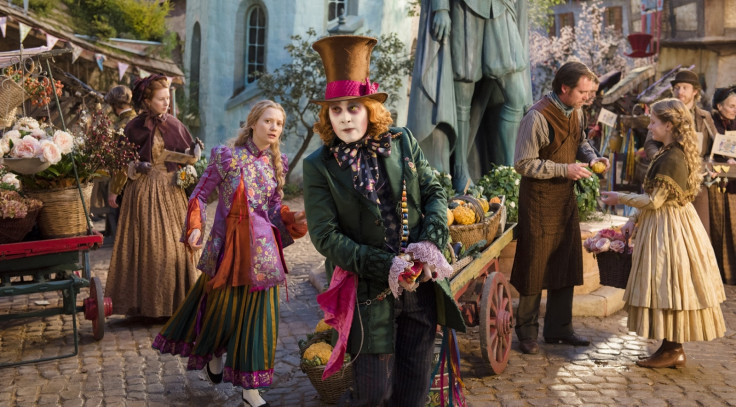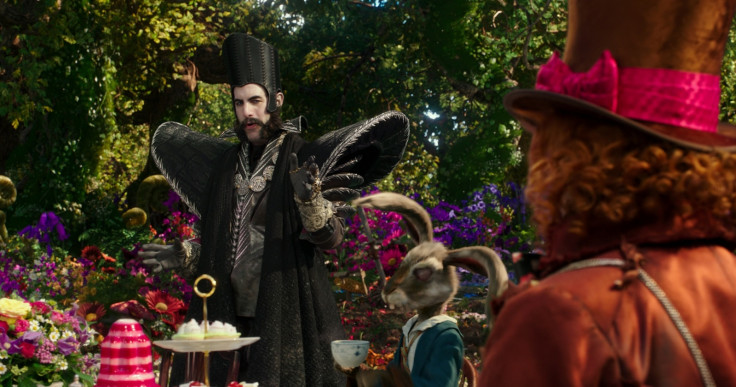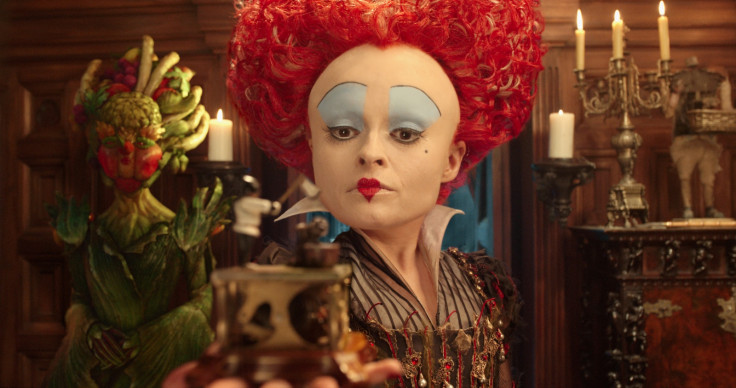Alice Through The Looking Glass review: Sheer wonder dampened by one too many silly gags

Tim Burton produces this time around, handing directing duties to James Bobin who attempts to create a curiouser and more fun Wonderland occupied by the typical line-up; the make-upped Mad Hatter, the ruthless Red Queen, the whimsical White Queen and the audacious Alice.
Three years have passed since Alice Kingsleigh (Mia Wasikowska) stumbled across Wonderland for the second time, slayed the Jabberwocky and put an end to the Red Queen's tyrannical reign. Now she spends her days as a successful sea captain of her father's ship, exploring the world and taking part in various business ventures.
But after she returns home to England, she finds that her former work associate Lord Ascot has passed away and left control of his business to his halfwit son, Hamish. Still scorned by her rejection of his proposal years before, he maliciously threatens to take away Alice's mother's house if she refuses to sell him her ship, the Wonder. Upset, Alice storms off, only to find that her old friend Absolem has come to retrieve her and send her back to Wonderland to save the ailing Mad Hatter (Johnny Depp).
Slipping through a magical mirror, Alice reunites with her old friends and realises she will have to travel back in time to save the Hatter's family from the Jabberwocky in order to stop him from dying. Fortunately, there's a device that exists in Wonderland, called the Chronosphere, for such excursions. Unfortunately however, Time, the person rather, not the concept, isn't too fond of people using it.
Director of the Alice In Wonderland, Tim Burton, flourished in the darker, gothic aspects of the classic Lewis Carroll tale. James Bobin's area of expertise is much lighter comedy and he's gone to town with it in the sequel. Sadly, the jokes often fall flat and feel awkward as scripted, making you wish that they were never added in.
As expected, most of the film's "laughs" come from new cast member Sacha Baron Cohen, who hams up his role to the max, but to what effect? Well, it's not all that evident it turns out. Sold as the villain of the piece in all of the movie's promotional material, his character, Time, doesn't actually do all that much and acts as more of a pesky nuisance to heroine Alice than he does a menacing antagonist.

But it's more of a bonus than a negative that screenwriter Linda Woolverton doesn't focus too much time on Time, inching the story back to the characters that proved popular in Burton's 2011 film every chance she gets, even if the overall product failed to impress some. Once again, it's Helena Bonham Carter's Red Queen that dominates the screen – and not just because her enormous head almost fills it. The lisp, the sulks, the petulance... it's all perfect. Even more so than the first time round, if that's possible.
A great baddie is only as good as the goodie they come up against, of course, and Wasikowska has no problem matching Bonham Carter's on screen presence. While the Red Queen is bombastic and exaggerated, claiming that nobody loves her and nothing ever goes her way, Alice is relentlessly loyal, optimistic and full of charm yet equally as emotional. The Aussie actress seems to have really stepped up her game from the first film, literally transforming her character from a confused young girl to an inspiring and believable hero who won't rest until she triumphs. Depp and Anne Hathaway's characters are largely overlooked, but luckily, they're not really missed.
Those who are familiar with Carroll's novel Through The Looking-Glass will realise that it would have been far too complicated to adapt into a movie, so it's not much of a mystery as to why Woolverton didn't follow the original story more closely for the sequel. Instead, her own plot itself is pretty inspired, drawing reference from several specific chapters from Alice's Adventures In Wonderland to make up the whole picture.

Who Stole The Tarts? and A Mad Tea-Party resonate particularly throughout, in respective scenes where the Red and White Queens' animosity towards each other is explained and it's revealed why the Hatter, March Hare and Mallymkun were temporarily stuck in time, permanently poised to have tea.
The time-travelling aspect of the film makes for some exciting scenes too, whether it be Alice whizzing through the oceans of time in the Chronosphere, or less thrilling but equally as interesting sequences where audiences are introduced to younger versions of the Hatter, the Queens, a kitten-esque Cheshire Cat and toddler Tweedles.
It will likely come as no surprise either that the visuals, like the previous instalment, dazzle here utilising 3D technology much more than its predecessor, as scale, colour and effects change at the drop of a hat. On occasion however the film tries to fit too much into its 113-minute running time, making for a clunky, almost frantically dizzying storyline.
There's something to be said of the film's overall message of never giving up and standing by your friends and family though. While it could be construed as a little clichéd, the sentiment seems genuine with these characters and the performances the talented leads offer up. Heavily rooted in fantasy, it also draws attention to the problems of the era when women were thought prone to "female hysteria" and only good for marrying and having children. Alice defies all such stereotypes defiantly, as does Bobin's film and a least in that respect, for all its flaws, it's not afraid to choose what it wants to be.
For more entertainment news follow A-List on Twitter @Alistinsider
© Copyright IBTimes 2025. All rights reserved.






















